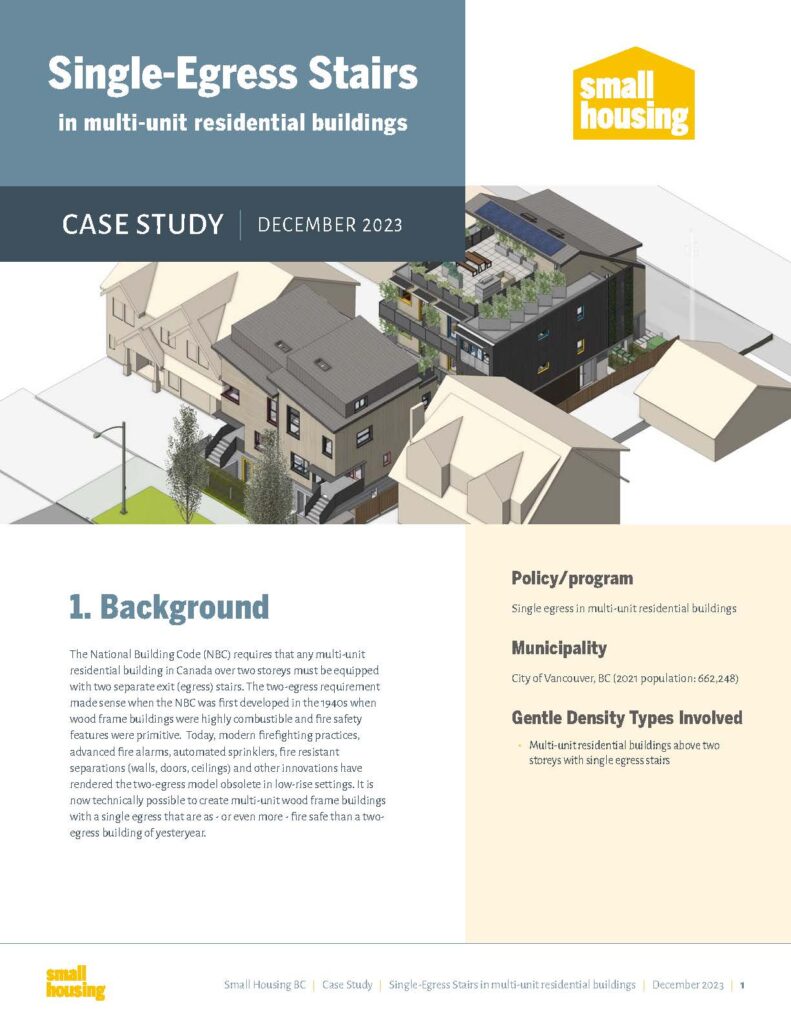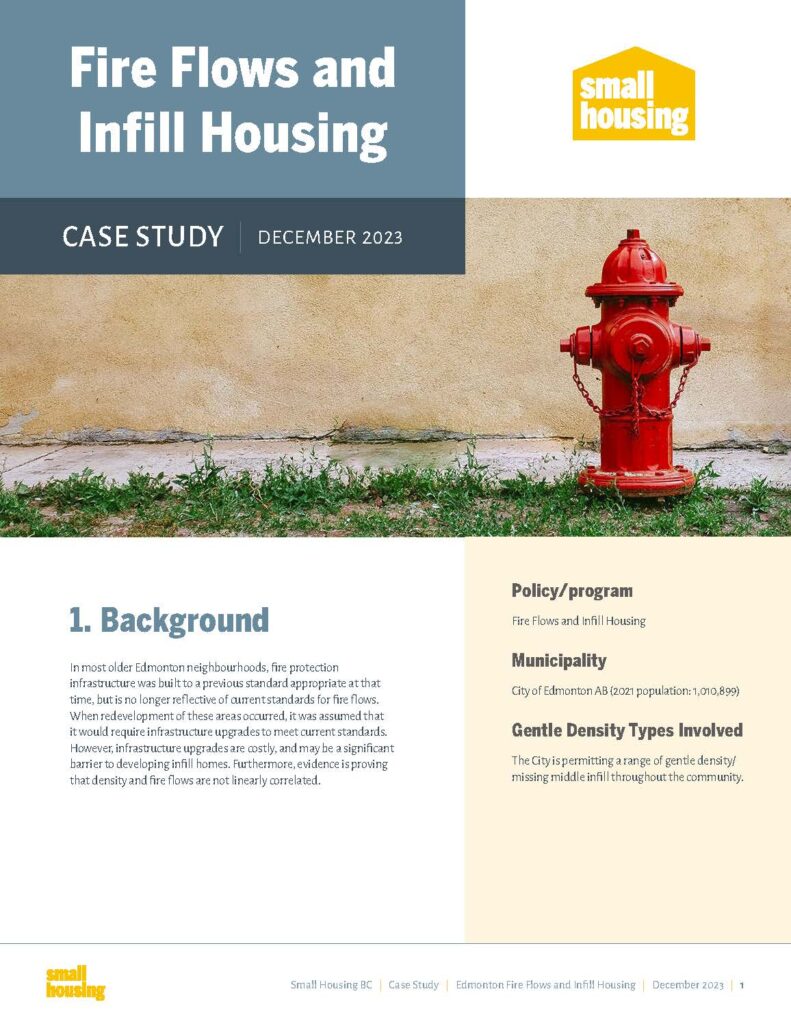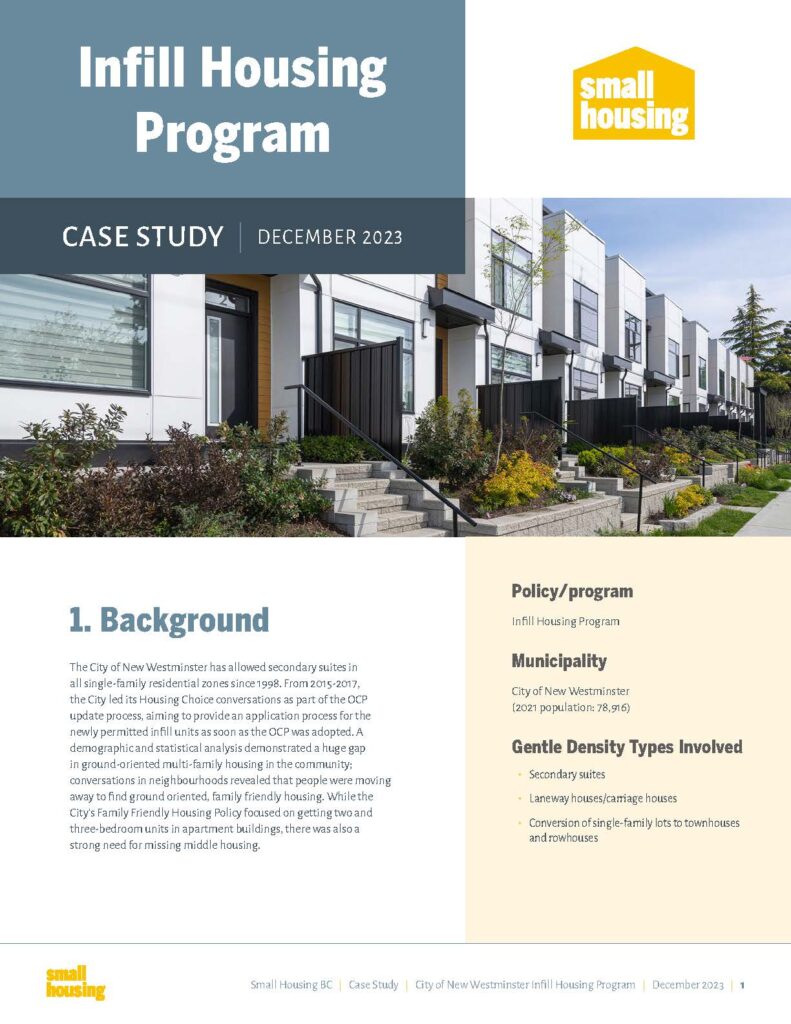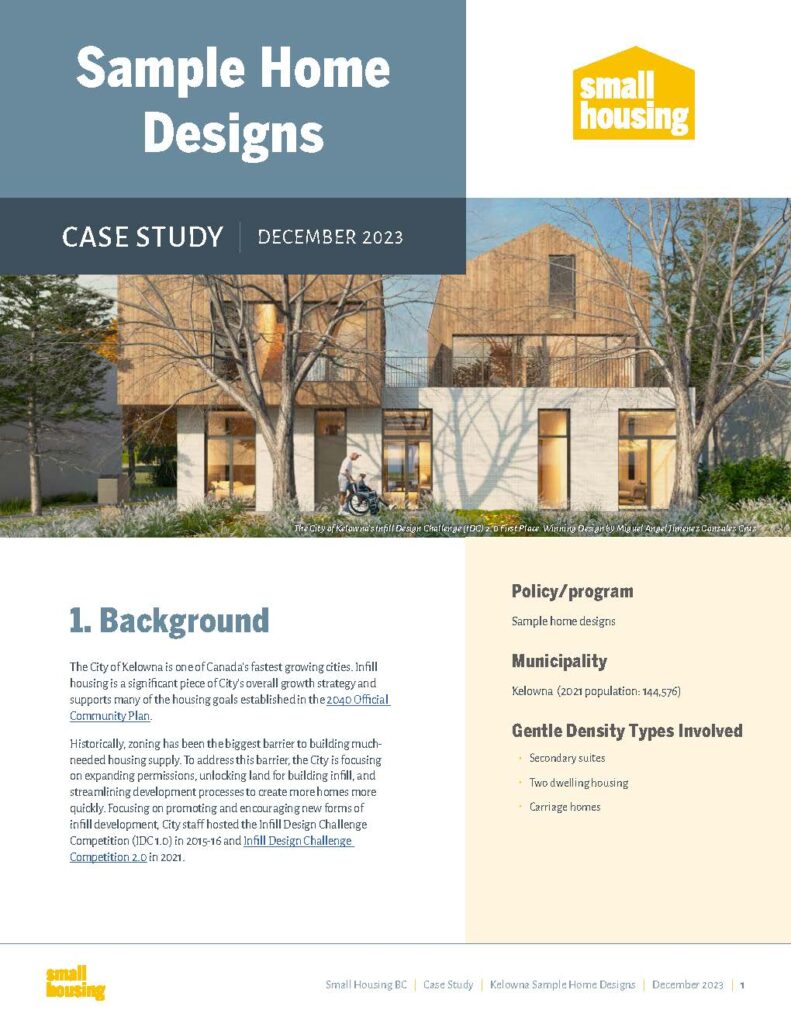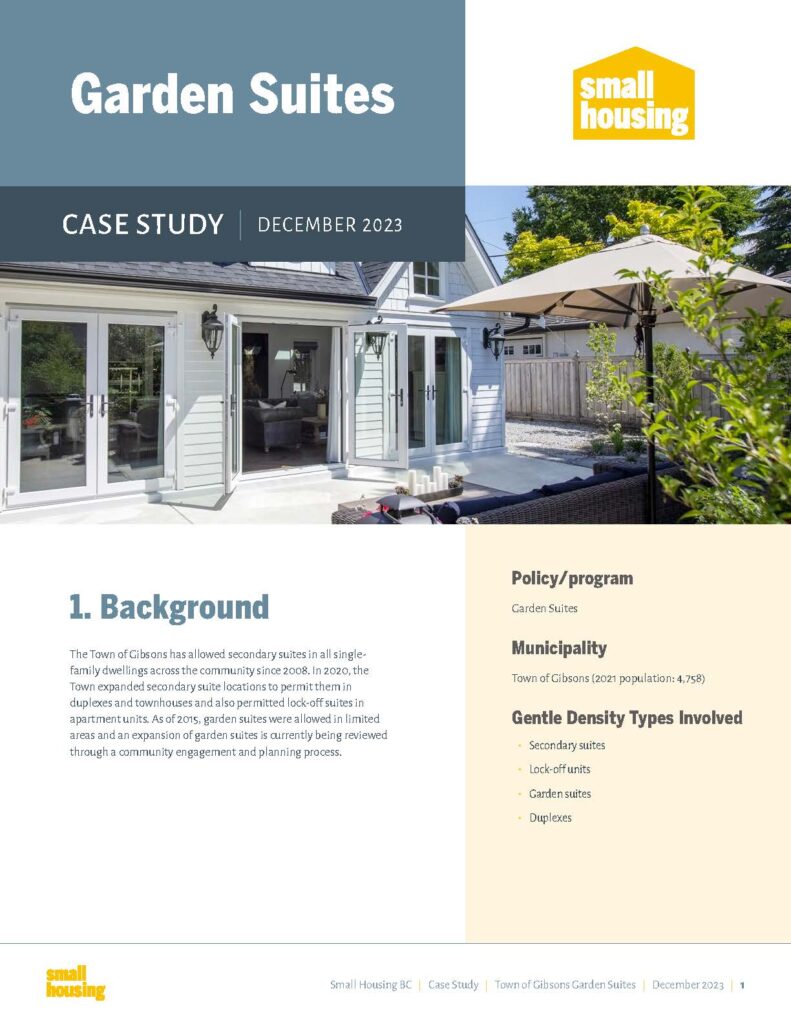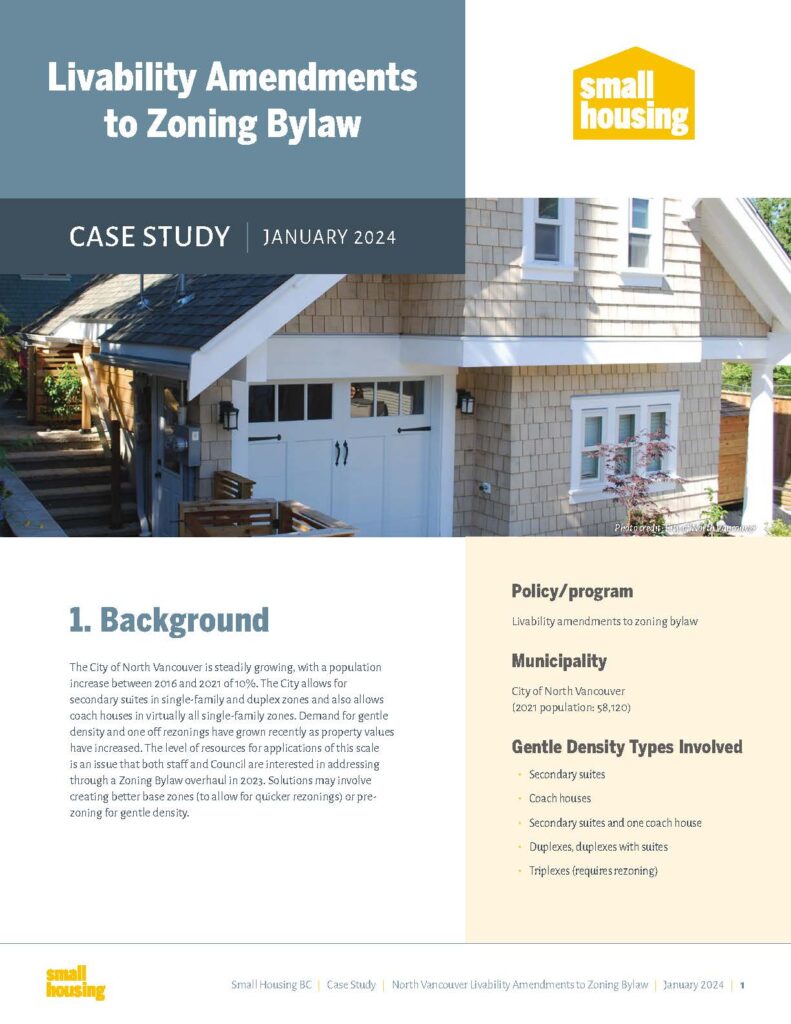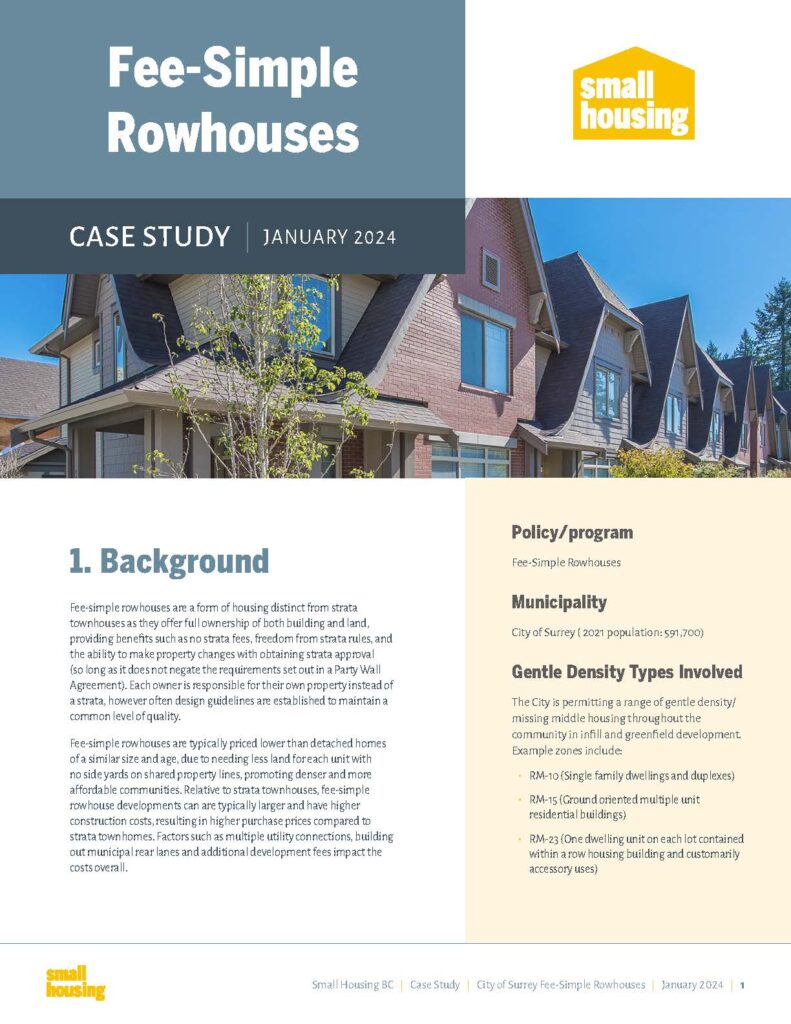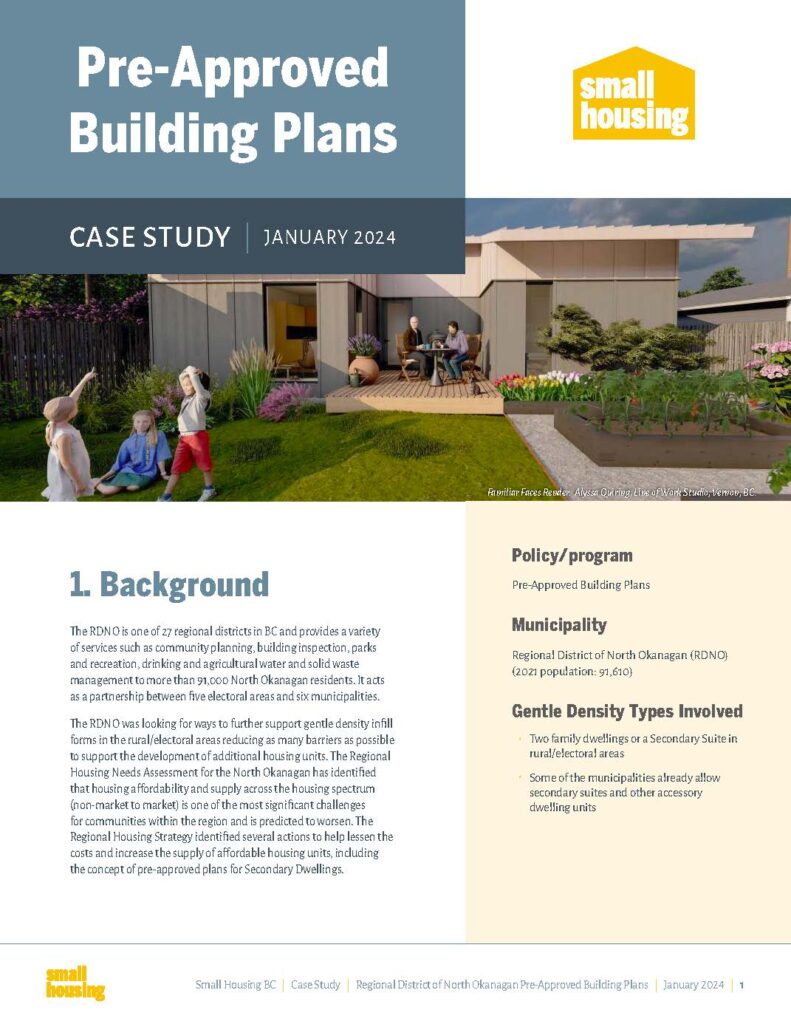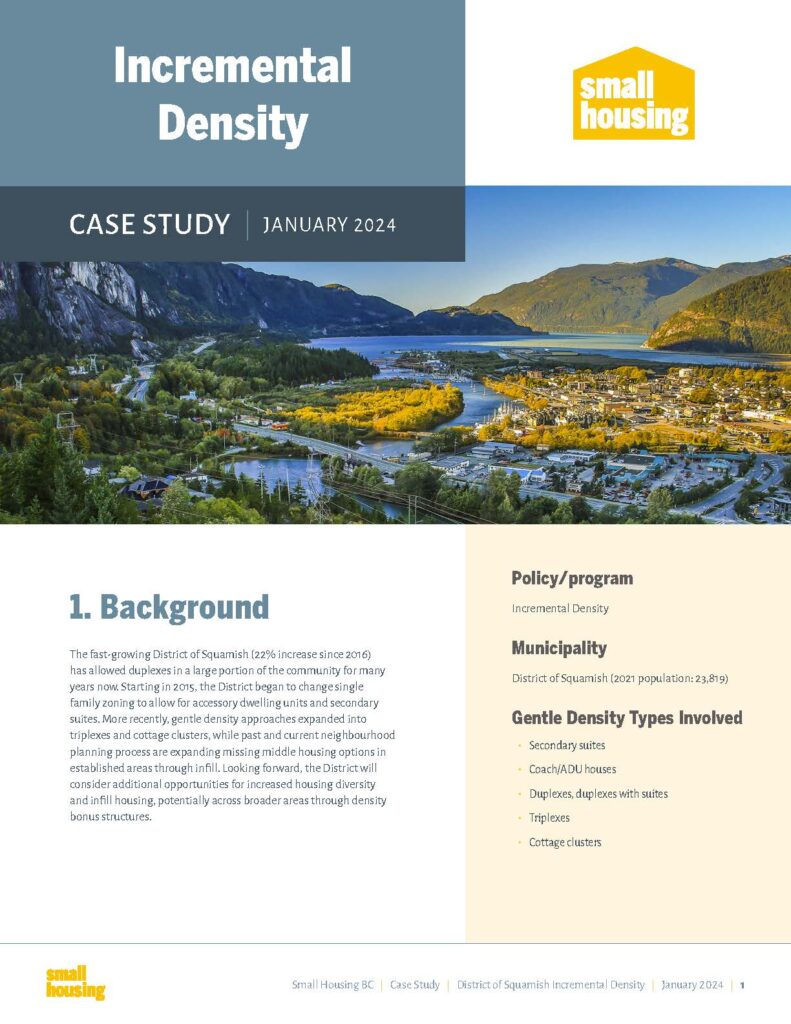
On this useful resource page courtesy of the University of Toronto, the School of Cities, and Toronto Metropolitan University, embark on a journey through the evolution of “Missing Little” housing, a concept stemming from Daniel Parolek’s “Missing Middle.”
Coined by Michael Piper, the “Missing Little” envisions inserting gentle density into existing single-family housing, addressing affordability and fostering walkable urban living.
Key insights:
- Delve in & explore varied “Missing Little” housing categories throughout Toronto.
- Gain insights from owners and tenants sharing experiences and challenges, illustrating how optimizing land use can potentially create 200,000 new affordable and gentle density units in Canada’s major cities by 2030.
